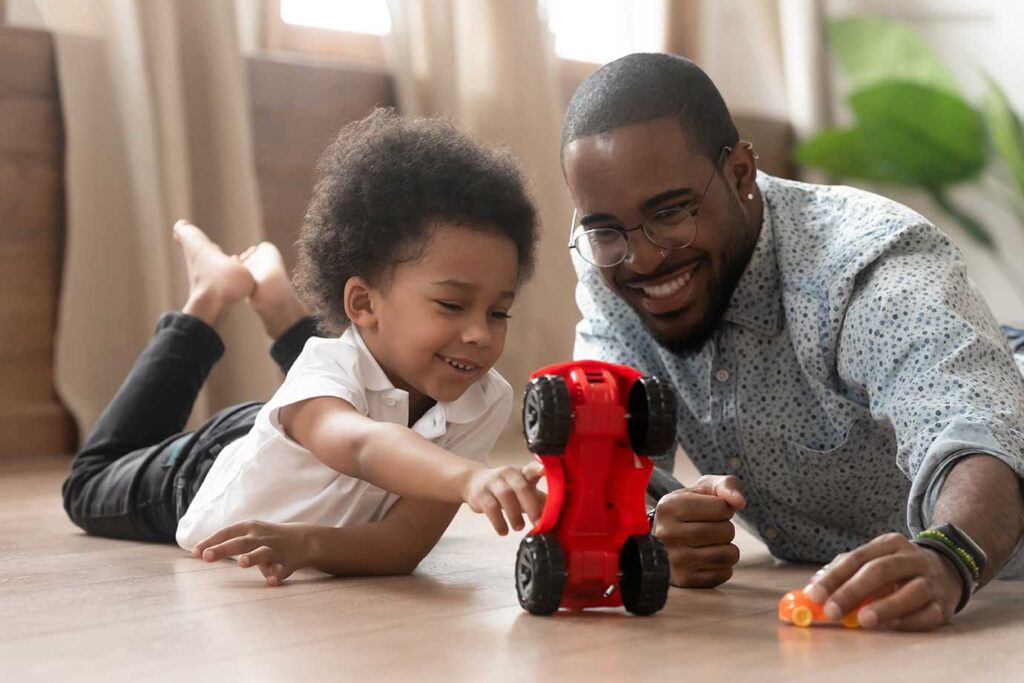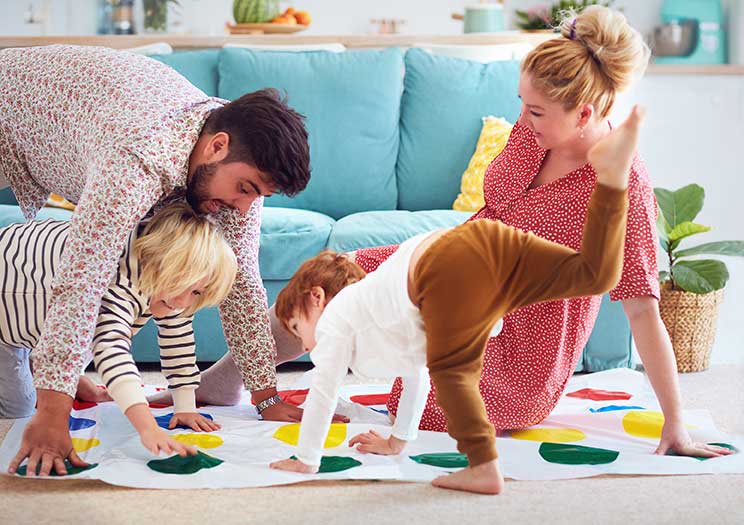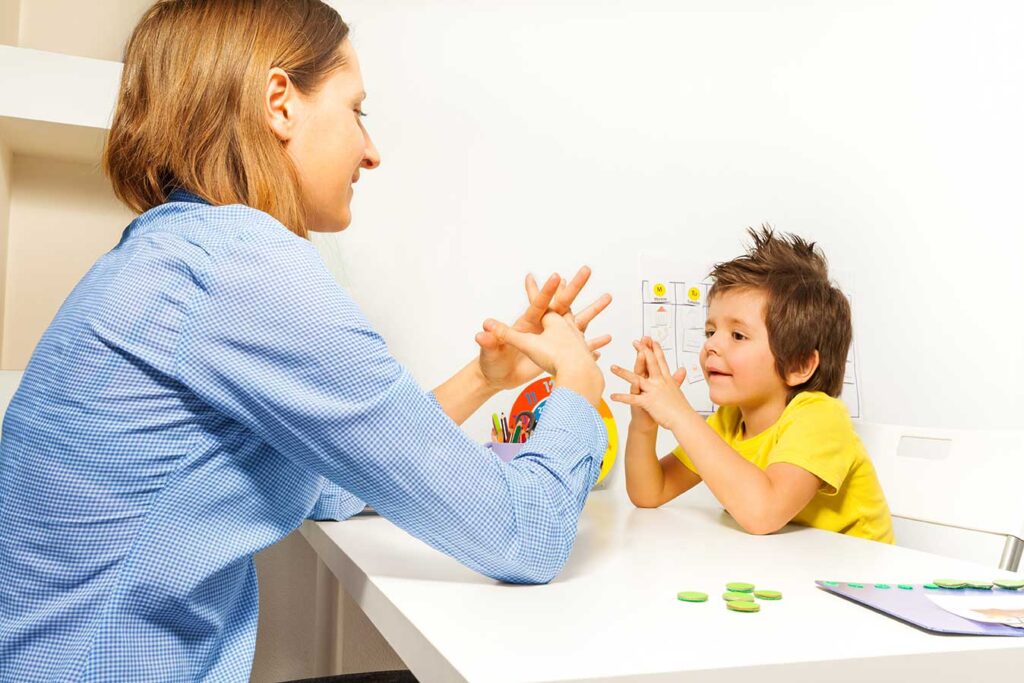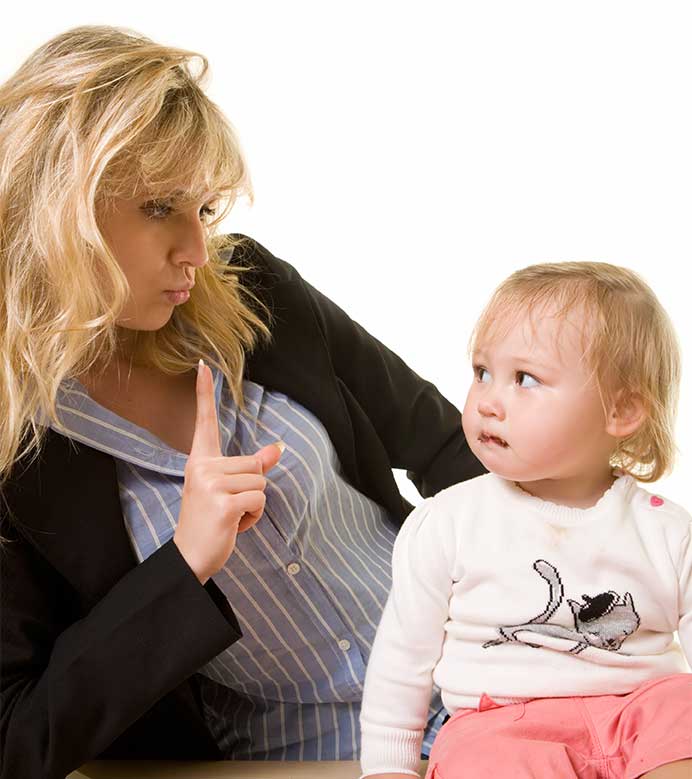DIR FLOORTIME Services
Floortime: DIR Floortime
Floortime is an intervention that is used to promote an individual’s development through a respectful, playful, joyful, and engaging process. It uses the power of relationships and human connections to promote the development of the capacities for self-regulation, engagement, communication, shared social problem solving, and creative, organized, and reflective thinking and reasoning. It is an evidence-based approach to promoting human development that is used with children especially those on the autism spectrum.

Floortime is an intervention that is used to promote an individual’s development through a respectful, playful, joyful, and engaging process. It uses the power of relationships and human connections to promote the development of the capacities for self-regulation, engagement, communication, shared social problem solving, and creative, organized, and reflective thinking and reasoning. It is an evidence-based approach to promoting human development that is used with children especially those on the autism spectrum.


Children with ASD require intensive intervention to help them overcome the aspects of ASD that can be disabling. Left alone, they will often not initiate interaction unless they need something. When they are left alone too much, they are missing out on the opportunity to discover the joys of a shared world. Therefore, children with ASD can benefit from “Floortime all the time and everywhere”.

Children with ASD require intensive intervention to help them overcome the aspects of ASD that can be disabling. Left alone, they will often not initiate interaction unless they need something. When they are left alone too much, they are missing out on the opportunity to discover the joys of a shared world. Therefore, children with ASD can benefit from “Floortime all the time and everywhere”.
DIR/Floortime is another metodology for children with autism, and can be used in conjunction with ABA therapies. The goal is for adults to help children expand their “circles of communication.” They meet the child at their developmental level and build on their strengths. Therapists and parents engage children through the activities each child enjoys. They enter the child’s games. They follow the child’s lead.

DIR/Floortime is another metodology for children with autism, and can be used in conjunction with ABA therapies. The goal is for adults to help children expand their “circles of communication.” They meet the child at their developmental level and build on their strengths. Therapists and parents engage children through the activities each child enjoys. They enter the child’s games. They follow the child’s lead.

Six Key Milestones of Floortime
Floortime aims to help the child reach six key milestones that contribute to emotional and intellectual growth:
- Self-regulation and interest in the world
- Intimacy, or engagement in relationships
- Two-way communication
- Complex communication
- Emotional ideas
- Emotional thinking
Therapists teach parents how to direct their children into more and more complex interactions. This process, called “opening and closing circles of communication,” is central to the Floortime approach.


Floortime does not work on speech, motor or cognitive skills in isolation. It addresses these areas through its focus on emotional development.
Overall, this method encourages children with autism to push themselves to their full potential. It develops “who they are,” rather than “what their diagnosis says.”
All Medicaid plans must cover treatments that are medically necessary for children under the age of 21. If a doctor recommends Floortime and says it is medically necessary for your child, Medicaid must cover the cost.